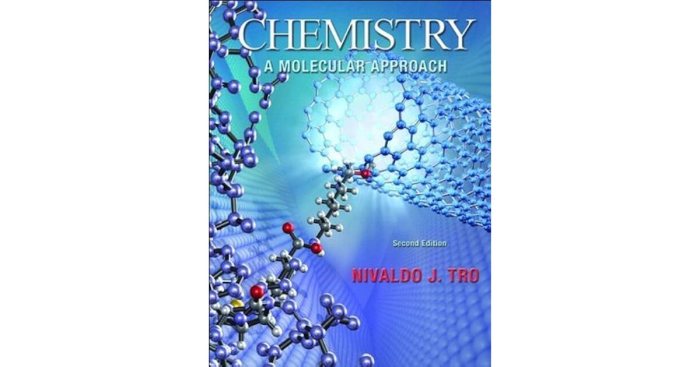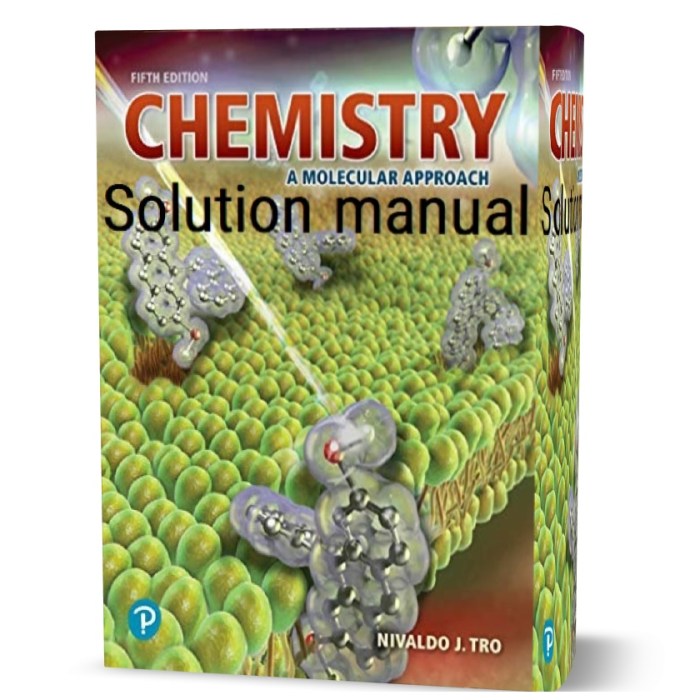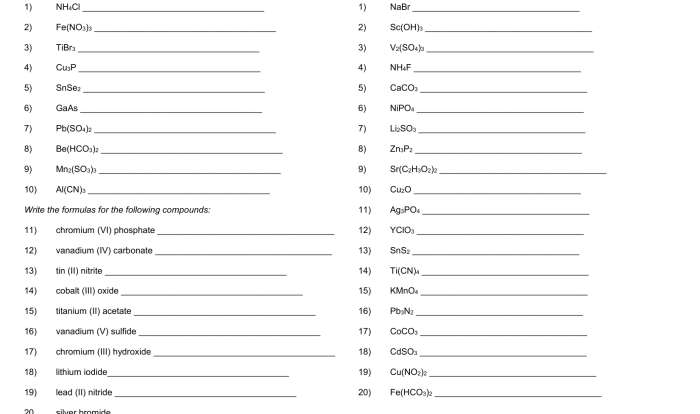Chemistry: structure and properties nivaldo j. tro pdf free download – Introducing “Chemistry: Structure and Properties” by Nivaldo J. Tro, a comprehensive guide to the fundamental principles of chemistry. This esteemed work delves into the intricate structure of matter, exploring the properties that govern its behavior. Prepare to embark on an enlightening journey as we unravel the building blocks of our universe.
Within these pages, you will discover the profound impact of chemistry on various scientific disciplines and its indispensable role in shaping our understanding of the world around us. Nivaldo J. Tro, a renowned chemistry educator, meticulously presents complex concepts with clarity and precision, making this book an invaluable resource for students and professionals alike.
Introduction
Chemistry is the study of the composition, structure, properties, and change of matter. It is a fundamental science that has a profound impact on our understanding of the world around us. Chemistry plays a vital role in fields such as medicine, materials science, and environmental science.
Nivaldo J. Tro is a renowned chemistry educator who has made significant contributions to the field. His textbooks have been used by millions of students worldwide and are known for their clarity and accuracy.
In this article, we will explore the structure and properties of matter, building on the foundation laid by Nivaldo J. Tro. We will discuss the fundamental principles of chemistry and how they can be used to understand the behavior of matter.
Structure of Matter

Matter is composed of atoms, which are the basic building blocks of all substances. Atoms are made up of three subatomic particles: protons, neutrons, and electrons.
The nucleus of an atom contains protons and neutrons. Protons have a positive charge, while neutrons have no charge. Electrons are located outside the nucleus and have a negative charge.
The number of protons in an atom determines its atomic number. The atomic number is unique for each element and identifies the element.
Atoms can combine with each other to form molecules and compounds. Molecules are two or more atoms that are held together by chemical bonds. Compounds are two or more elements that are chemically combined.
Chemical Bonding, Chemistry: structure and properties nivaldo j. tro pdf free download
There are three main types of chemical bonds: ionic bonds, covalent bonds, and metallic bonds.
Ionic bonds are formed between atoms that have opposite charges. For example, sodium and chlorine can form an ionic bond because sodium has a positive charge and chlorine has a negative charge.
Covalent bonds are formed between atoms that share electrons. For example, hydrogen and chlorine can form a covalent bond because they each have one electron to share.
Metallic bonds are formed between metal atoms. Metal atoms have valence electrons that are loosely held and can move freely throughout the metal.
Properties of Matter

The properties of matter can be divided into two categories: physical properties and chemical properties.
Physical properties are properties that can be observed without changing the chemical composition of the substance. Examples of physical properties include density, melting point, and boiling point.
Chemical properties are properties that describe how a substance reacts with other substances. Examples of chemical properties include reactivity, oxidation-reduction reactions, and acid-base reactions.
Relationship between Chemical Structure and Physical Properties
The chemical structure of a substance has a significant impact on its physical properties. For example, the melting point of a substance is determined by the strength of the intermolecular forces between its molecules.
Substances with strong intermolecular forces have high melting points, while substances with weak intermolecular forces have low melting points.
Applications of Chemistry: Chemistry: Structure And Properties Nivaldo J. Tro Pdf Free Download

Chemistry is used in a wide variety of applications, including medicine, materials science, and environmental science.
In medicine, chemistry is used to develop new drugs and treatments for diseases. For example, chemotherapy drugs are used to treat cancer by targeting and killing cancer cells.
In materials science, chemistry is used to develop new materials with improved properties. For example, carbon nanotubes are used in a variety of applications, including electronics, optics, and energy storage.
In environmental science, chemistry is used to study the impact of human activities on the environment. For example, chemists can measure the levels of pollutants in the air and water and develop strategies to reduce pollution.
Key Questions Answered
Is this book suitable for beginners?
Yes, Nivaldo J. Tro’s writing style and clear explanations make this book accessible to students with a basic understanding of chemistry.
Can I download the PDF for free?
Yes, the PDF version of “Chemistry: Structure and Properties” is available for free download from reputable online sources.
What are the key concepts covered in this book?
This book covers a wide range of topics, including atomic structure, chemical bonding, molecular geometry, physical and chemical properties, and applications of chemistry in various fields.
